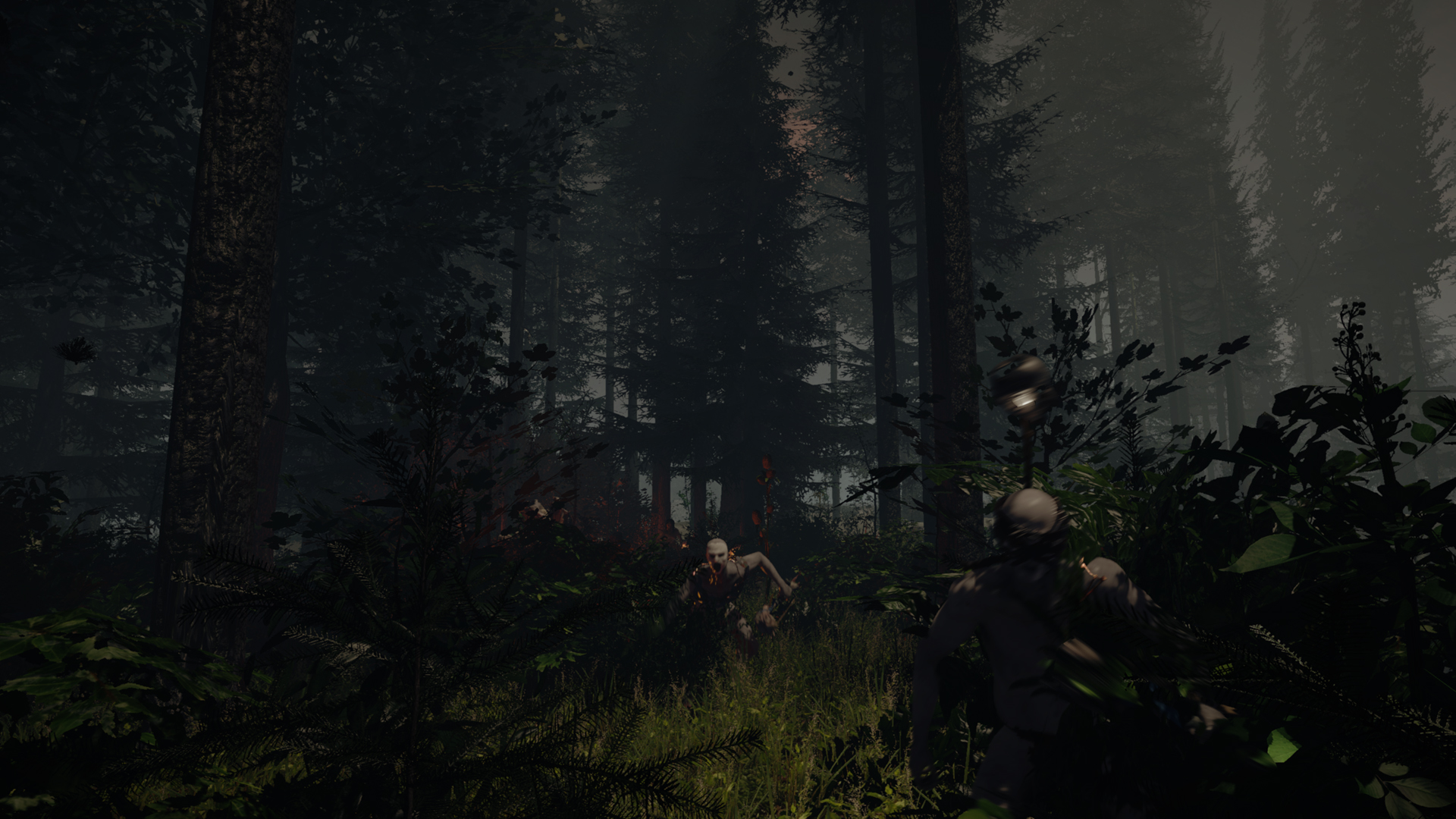

(ii) The negative or positive consequences of mining and reclamation processes on RMS need to be recognized by scientific observations such as soil property multi-index analysis and soil chronosequences, on which the minesoil reconstruction practice are based. The major conclusions of this review were: (i) The randomness of soil dumping increased the heterogeneity of minesoil properties, which in turn increased the complexity of reclamation practice. This review has examined the mechanisms of coal mining and reclamation that affect soil properties (physical, chemical, biological) and described soil development in reclamation, with an emphasis on the reclaimed minesoil (RMS) properties of reclamation sites. Currently, growing concerns for the negative consequences of mining have highlighted the importance of reclamation in minesoil studies. Moreover, the reconstructed landscape produces increased small-scale spatial heterogeneity of mined soils. Stripping, excavation, transportation and dumping have different effects on soil physical, chemical and biological properties.
#The forest 0.52b steam not instalized series
Opencast coal mining has a series of consequences on land resources and places enormous pressure on the ecological environment. Despite the high rates of heavy metal-bearing biosolids applied to the soil, plant uptake of Cd, Cu, Ni, and Zn were well within critical concentrations more than a decade after establishment of the vegetation. Of these five species, two (tall fescue and sericea lespedeza) are or have been seeded commonly on Appalachian coal surface mines, and often dominate abandoned pasture sites.

The plant species whose persistence and biomass production were the greatest after a decade or more of establishment (i.e., switchgrass, sericea lespedeza, reed canarygrass, tall fescue, and crownvetch) shared the physiological and reproductive characteristics of low fertility requirements, drought and moisture tolerance, and propagation by rhizome and/or stolons. The high rate of biosolids applied provided favorable soil chemical properties but could not overcome physical property limitations due to shallow undeveloped soil perched atop a compacted soil layer at 25 cm depth. Tall fescue (Festuca arundinacea Schreb.), orchardgrass (Dactylis glomerata L.), switchgrass (Panicum virgatum L.), caucasian bluestem (Bothriochloa caucasia L.), reed canarygrass (Phalaris arundinacea L.), ladino clover (Trifolium repens L.), birdsfoot trefoil (Lotus corniculatus L.), crownvetch (Coronilla varia L.), alfalfa (Medicago sativa L.), common sericea lespedeza and AULotan sericea lespedeza (Lespedeza cuneata L.), tall fescue-ladino clover, tall fescue-alfalfa, orchardgrass-birdsfoot trefoil, switchgrass-AULotan, and an herbaceous species mix intended for planting on reforested sites consisting of foxtail millet, perennial ryegrass (Lolium perenne L.), redtop (Agrostis alba L.), kobe lespedeza (Kummerowia striata L.), appalow lespedeza (Lespedeza cuneata L.), and birdsfoot trefoil were established between spring 19. The 0.15-ha coarse-textured, rocky, non-acid forming mined site was prepared for planting by grading to a 2% slope and amending sandstone overburden materials with a mixture of composted and dewatered, anaerobically digested biosolids at a rate of 368 Mg ha(-1) (dry weight). A study was conducted to assess the capability of 16 forage grass and legume species in monocultures and mixes to establish and thrive on a reclaimed Appalachian surface mine amended with biosolids. The selection of plant species is critical for the successful establishment and long-term maintenance of vegetation on reclaimed surface mined soils.


 0 kommentar(er)
0 kommentar(er)
